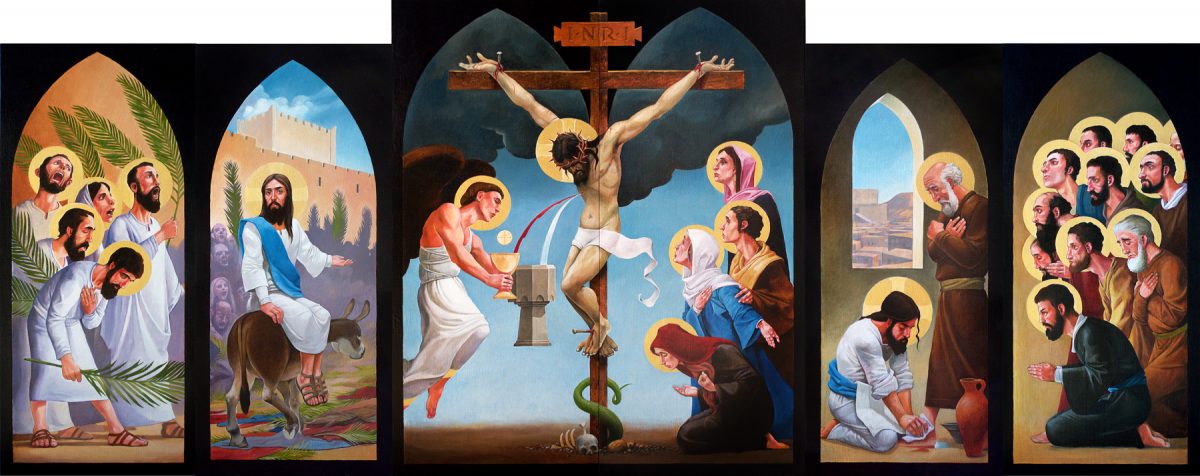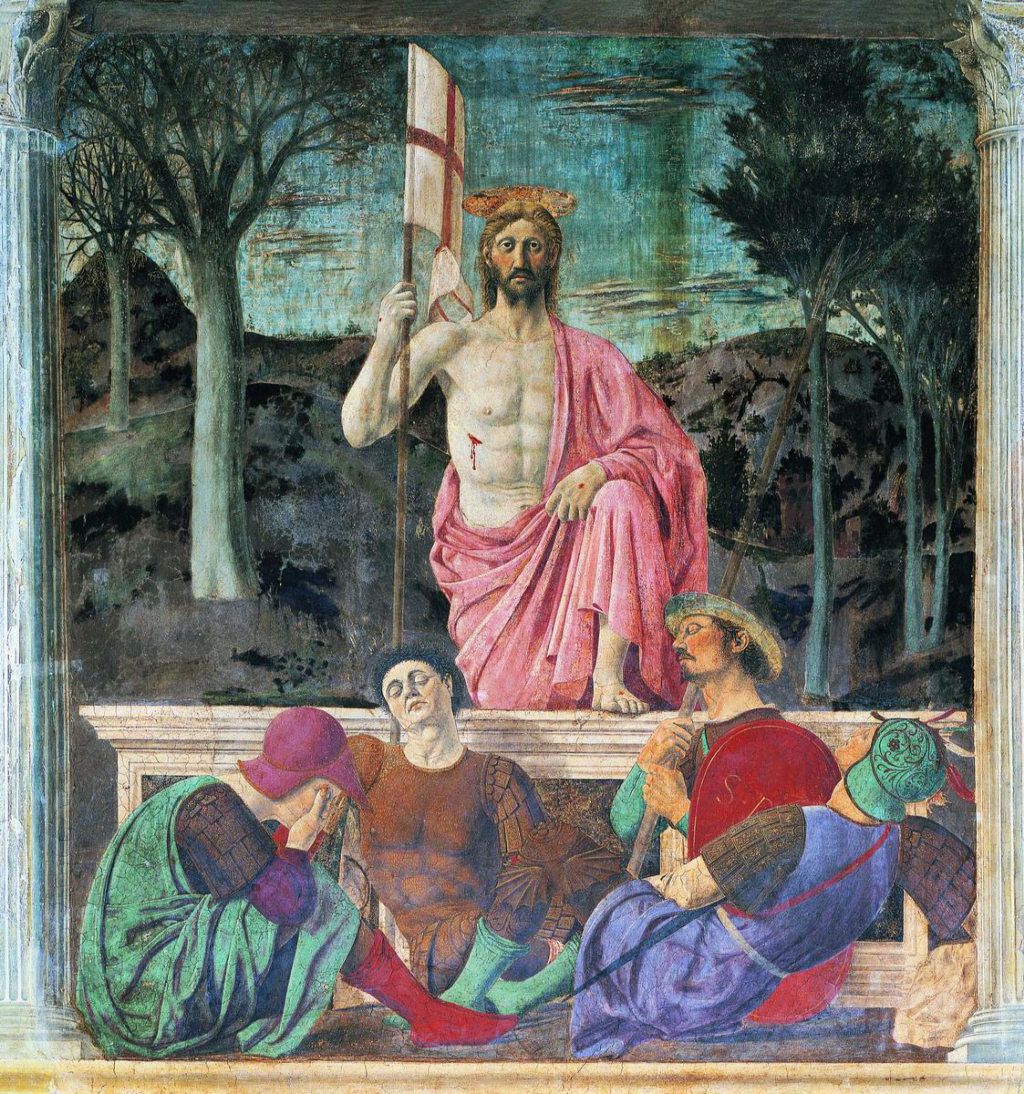I presided over a funeral a couple of weeks ago. That isn’t really anything shocking for a pastor. It is the sad but noble function of the church to commend the bodies of the faithful back to Him. The newly-sainted Christian has one more opportunity to testify to the faith that he or she had in life and which now continues in death. All of this is the normal course of things for sinners in a sinful world whose end will ultimately be the grave. So, while a funeral is always a somber affair, it wasn’t all that unusual.
It wasn’t all that unusual, except that the funeral happened to occur in Lent. That, in and of itself, still isn’t all that unusual. People die at all times of the year. However, it does present the church with a bit of conundrum. As Christians, we are called to be disciples of Jesus Christ. He is our Lord, our Savior, our King, and our Teacher. Our job, as baptized Christians, is to follow Him and learn from Him. Wherever He goes, we are to follow. This is how He trains us in the ways of righteousness. We see Him at work and then we imitate Him, much like children learn to imitate their parents. The Christian Church devised a very helpful tool to aid our walk with Jesus: the yearly lectionary cycle. Whether you use the 1-year lectionary or the 3-year lectionary in your particular church, both are designed with the same intent. Each year you walk through the life of Christ from start to finish. Each year you see Him in action as He grows from youth, to adulthood, as He carries out His ministry of compassion, love, and grace. Each year you follow Him to the mountaintop as He ascends and then wait in hopeful and eager expectation of His return.
The various season of the church year correspond to the different parts of Christ’s life. Each are important in their own ways for our spiritual growth. Our lives are not the same from one day to the next. We face different highs and lows, different joys and struggles. We need to see Jesus at work in all of those places so that we too can learn how to deal with them appropriately. In Lent, our joy is subdued. We reflect especially on the consequences of sin. Ash Wednesday sets the tone as we hear again the eventual and inevitable outcome of sin, “For you are dust, and to dust you shall return.” The focus of Lent is on our Lord’s Passion and why it was necessary. Our eyes are downcast. Our hearts are somber. We have put away our alleluias because our prayers now are ones for mercy, not for praise.
A funeral often has a similar feel to a Lenten service. The tone is also somber. Tears are shed by many. The inevitable consequence of sin is on full display. However, a funeral is not truly a reflection on sin. Its prayers are not ones asking for mercy. The language of a funeral is not of death but of the resurrection. It is a celebration of the power of God over death itself.
Now, back to the conundrum. How does the church celebrate the resurrection in the middle of Lent? The answer is both simple and profound. Simply speaking, every Sunday is a celebration of the resurrection, regardless of when it falls in the church year. There’s a reason the church moved the primary day of worship from Saturday (the Sabbath) to Sunday (the day of our Lord’s Resurrection) almost immediately.
As we look at the church year, we see how it is designed for the ongoing life of discipleship. We walk through Christ’s life and so learn to follow Him. But we are not just disciples. We are also apostles. We are sent to proclaim Christ’s victory over death. The church does this, in part, by how and when it worships. The simple fact that we gather together for worship is a declaration to the world of God’s power. Though the modern world seeks to cover it up by trying to make it more bland and palatable to the unbelievers, it cannot do away with the basic system used throughout the world. The date is AD2024, AD – Anno Domini – the Year of Our Lord. Even changing it to CE – Common Era, can’t erase the reason why the year is what it is. 2024 years since the Savior of the world was born.
The church has been proclaiming this truth ever since. We gather together as we have for millennia, to announce the defeat of death and the victory of our Lord. In the middle of Lent, should a funeral be needed, that means we dust off our alleluias for a time. We declare to the family, to the congregation, and to the world, that this body may be dead, but it is not without purpose. This body still belongs to the saint to whom it was given. It will be needed again soon. The body will rise to new life to greet our risen and triumphant Lord at His glorious return. For that moment, even in the midst of Lent, we are apostles declaring God’s victory to the world.

